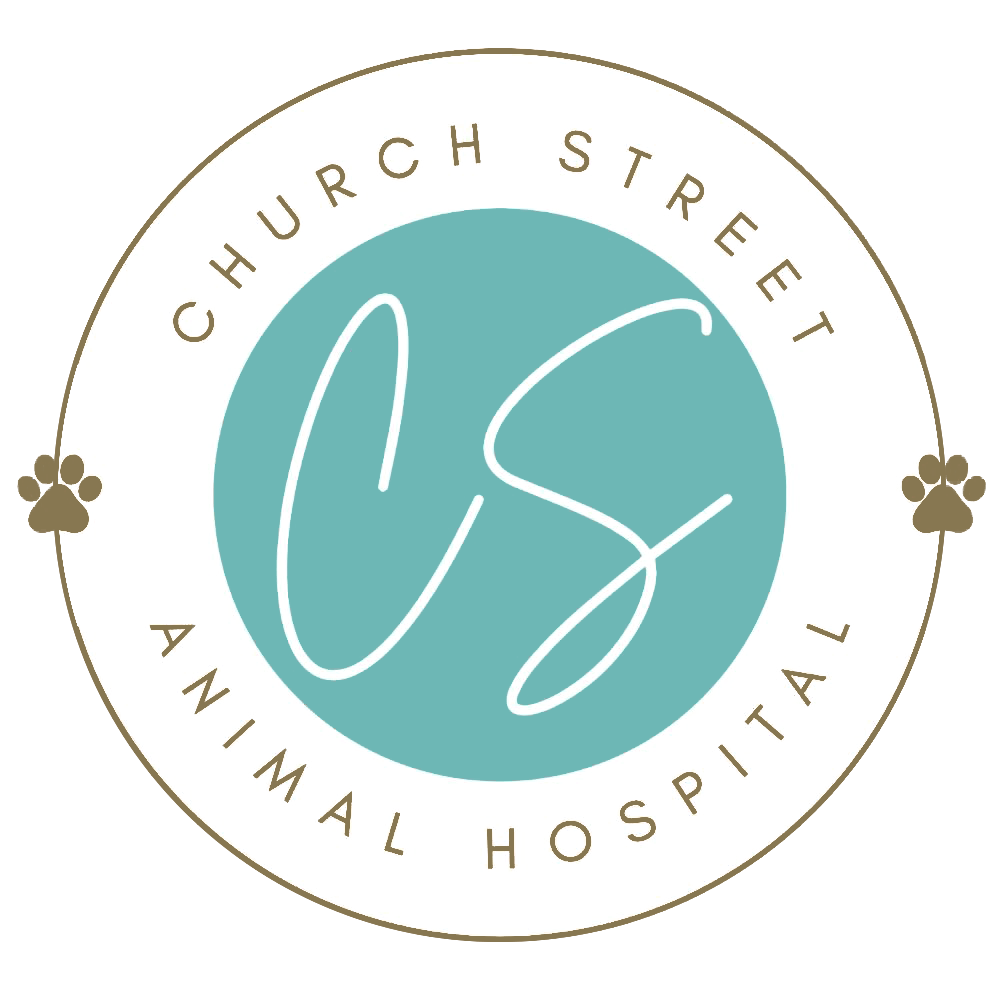Library
-
Pet owners can greatly improve the quality of life for their dogs with osteoarthritis through nutrition. Key steps to managing inflammation and joint pain include managing daily calorie intake and increasing fat metabolism through controlled physical rehabilitation.
-
Osteoarthritis is a common condition affecting bones and joints in many older dogs. It is a disease of management and cannot be cured. Medications, physical therapy, nutrition, and surgery may all be considered to help alleviate the pain. Dogs can live a normal life with a tailored care plan.
-
There is a wide range of non-pharmaceutical products designed to improve a pet's behavior. There is little oversight for many of these products which means that any given product may not work for your pet. Ask your veterinarian before using any over-the-counter product for your pet. The label “natural” does not guarantee a product is safe to use in dogs and cats.
-
Several products are available to help with behavior management in cats. Various products promote play and exercise, provide cognitive stimulation, allow safe outdoor exploration, and assist with anxiety or undesirable behavior (as part of your veterinarian's treatment program for these problems).
-
There are numerous products on the market that have been designed to help prevent undesirable behavior in dogs. Leashes, harnesses, and head halters are needed to keep pets under control, especially when outdoors.
-
Depending on the size and breed of the dog, heats (estrus) can begin as early as four months old and can occur as frequently as every four months. Spaying a dog either through ovariohysterectomy or ovariectomy is the most effective way to prevent pregnancy. Spaying also negates false pregnancies and pyometra and reduces the risk of mammary cancer. Drugs that regulate the heat cycle are not approved for use in the US or Canada.
-
When traveling, you may need to board your pet at a kennel or veterinary clinic. Ask for references to find a boarding facility and visit it before having your pet stay there. A short stay before a longer trip can help your pet to settle in more easily. Be sure to leave emergency contact details for you and your veterinarian.
-
When traveling, you may need to board your pet at a kennel or veterinary clinic. Ask for references to find a boarding facility and visit it before having your pet stay there. A short stay before a longer trip can help your pet to settle in more easily.
-
Body condition scoring is an effective objective method of determining if a pet is at a healthy weight. There are 2 scoring systems: one out of 5 and the other out of 9. This handout outlines how to body condition score pets and recommends tracking body condition score to keep pets at a healthy weight, an important factor in pets living longer with less health complications.
-
This handout summarizes breeding and queening (giving birth) in cats and the normal estrus (heat cycle). Pregnancy care and labor care are outlined, along with signs to watch for to determine if your cat is experiencing delivery complications.


